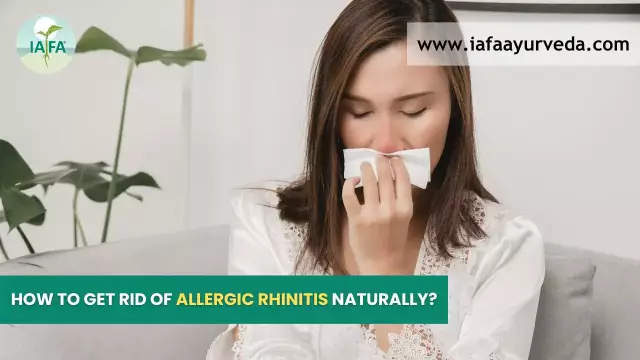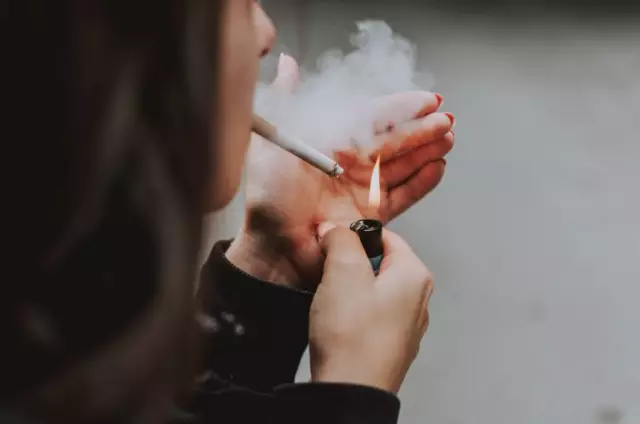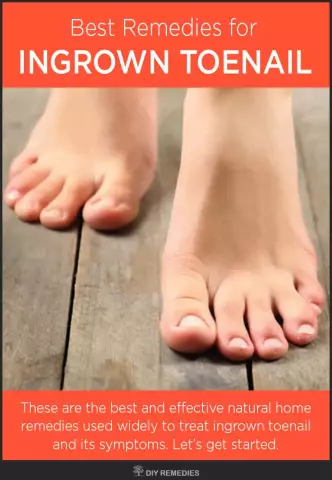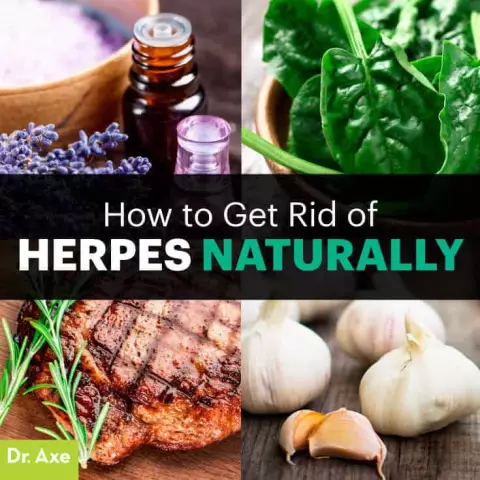- Author Rachel Wainwright [email protected].
- Public 2023-12-15 07:39.
- Last modified 2025-11-02 20:14.
8 things to get rid of
Modern man uses many things that have been invented for the optimal and uncomplicated solution of everyday tasks. Unfortunately, some of the handy little things are not as harmless as they seem. They either have initially or acquire over time properties that are dangerous to health.
Let's talk about household items that are important to remove and replace with new ones on time.
Old food containers
Plastic dishes are present in any home. It is easy to clean, weighs little, does not break, and usually has a convenient and secure lid. We use containers for warming food and storing it in the refrigerator, as packaging for food that we take on the road and to work, and also use bottles and other containers for drinks, sauces and other industrial products in everyday life. However, many of us make mistakes that can lead to poor health.
Firstly, not everyone, when purchasing plastic dishes, pays attention to its labeling. Meanwhile, each type of plastic has a narrow area of application. For example, you can freeze food only in containers marked with snowflakes, and reheat in containers with two Latin letters P (PP). The service life of cookware exposed to thermal effects should not exceed two to three months, since over time it begins to release toxic substances.
Secondly, most containers from purchased products are not suitable for reuse. Despite the seeming smoothness of the walls, it is almost impossible to wash them from the remnants of the primary contents. Traces of mayonnaise, ketchup, sweet syrups and water, sour cream, etc. are an excellent medium for the life of pathogenic microorganisms, so you should not re-place food in such dishes.
Third, other food liquids should not be poured into drinking water bottles. The plastic from which they are made does not withstand contact with acids contained in juices, compotes, fruit drinks, etc. It collapses, releasing toxic substances.
You should periodically check your kitchen for obsolete or unusable plastic utensils and throw them away without any regret.

Source: depositphotos.com
Air fresheners
Aerosol air fresheners only at first glance seem to be a useful invention. Their only plus is their usability, but in reality they are rather harmful. Despite the manufacturers' assurances of safety, each bottle contains many chemicals that negatively affect the respiratory system, the immune system, and even human reproductive function.
The following fact is also important: an unpleasant smell in a living room, as a rule, indicates a violation of hygiene rules. It makes sense to find and eliminate the source of "amber" - instead of "refreshing" the air with household chemicals. In addition, lovers of pleasant aromas can easily make an inexpensive and harmless replacement for aerosol fragrances using natural essential oils, aromatic herbs, pine needles, citrus zest and other components of natural origin.

Source: depositphotos.com
Old shoes
These are mainly sports and indoor footwear used daily. Favorite sneakers or slippers quickly lose their properties: they trample, bend, cease to properly absorb weight. Wearing trampled, out-of-shape shoes is detrimental to the condition of the leg joints.
Shoes made from synthetic materials are fraught with another danger. Pathogenic microflora settles in its insoles and soles, which, by the way, causes an unpleasant odor. Continuing to wear such shoes, a person runs the risk of contracting a fungus. The maximum service life of sports and indoor shoes is six months.

Source: depositphotos.com
"Stale" personal hygiene products
Everyone knows that a toothbrush, comb and washcloth are personal items. However, not everyone replaces personal hygiene products without waiting for them to lose their qualities.
The toothbrush should be changed at least once every three months. During this time, her bristles wear out and practically ceases to clean teeth from plaque and food debris. In addition, the working surface of the brush sooner or later becomes a home for bacteria. That is why dentists advise purchasing a new brush not only on a regular basis, but also unscheduled - after an infectious disease.
It is necessary to change the washcloth once every six months. It is constantly in a humid environment and is quickly colonized by microflora. After each use, the washcloth should be rinsed with hot water and dried thoroughly.
The service life of a hairbrush or plastic comb (if washed regularly) does not exceed 12 months. Wooden combs last half as long: their surface is more difficult to keep clean.

Source: depositphotos.com
Antibacterial soap
All so-called antibacterial soaps contain triclosan. This substance does not so much protect a person from pathogenic microorganisms as it helps to create antibiotic resistance in bacteria and fungi. Some researchers believe that triclosan has a negative effect on the human endocrine system, and its regular intake leads to hormonal disruptions.

Source: depositphotos.com
Long stored spices
Pepper, cloves, cinnamon, turmeric, cumin, coriander and other spicy additives have a long shelf life. However, this does not mean that you can eat spices purchased more than two years ago. It will not cause significant harm to health, but the expected effect from such spices will not be either. From long storage, they lose not only useful properties, but also aroma. It may seem that the problem is solved by using tight-fitting containers, but this is not true. Spices should be purchased in a small package and get rid of stale ones in time.

Source: depositphotos.com
Old scouring pads
In this case, the word "old" is not entirely correct, it would be more correct to call them used. The fact is that after two days of use, the dish sponge is completely colonized by microorganisms, many of which are unsafe for human health. It is just as impossible to expel them from the porous "house" as it is to prevent them from moving to freshly washed dishes. There is only one way out: to replace the sponges with new ones more often, or to abandon their use altogether, preferring rags that can be boiled.

Source: depositphotos.com
Plastic kitchen boards
Our grandmothers used wooden cutting boards. With the advent of plastic kitchen appliances, they were abandoned, declared unhygienic. Over time, it turned out that everything is not so simple: boards made of quality wood contain resins that prevent the growth of microbes, and boards made of plastics quickly become covered with scratches that cannot be completely washed.
Glass boards are the most hygienic - they are difficult to scratch and easy to clean. Unfortunately, these kitchen utensils have their drawbacks: they break, slide on the table surface and are quite heavy. Those who continue to use plastic boards may be advised to purchase separate boards for meat, fish, bread, vegetables and prepared foods and not store scratched ones.

Source: depositphotos.com
A cultured person is obliged to take responsibility for his health. This concept includes not only the organization of proper nutrition and reasonable physical activity, preventive visits to doctors and refusal of self-medication, but also concern for the safety of living quarters. That is why it is worth paying attention to the condition of everyday things that can become a source of danger.
YouTube video related to the article:

Maria Kulkes Medical journalist About the author
Education: First Moscow State Medical University named after I. M. Sechenov, specialty "General Medicine".
Found a mistake in the text? Select it and press Ctrl + Enter.






